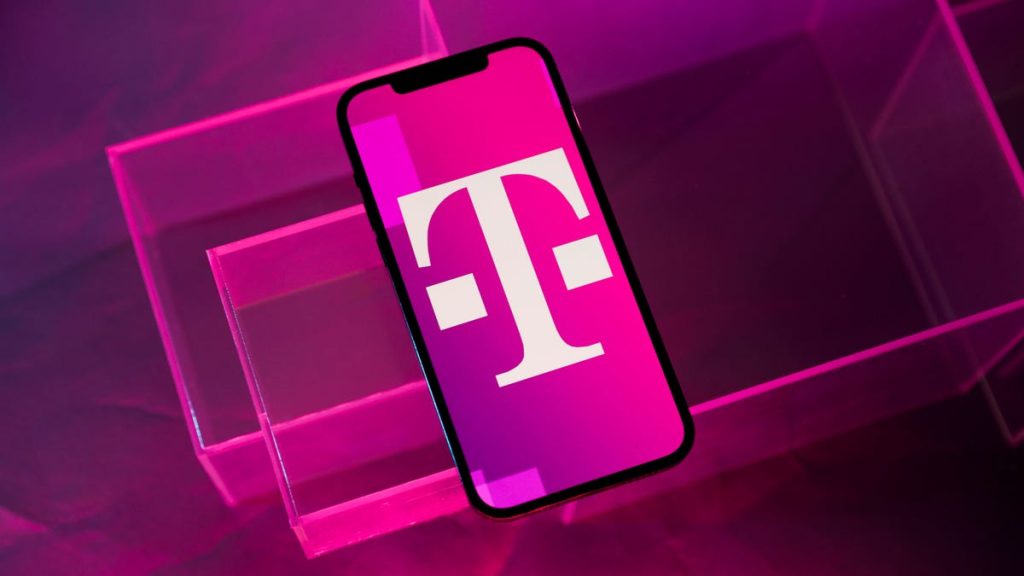In the wake of devastating wildfires sweeping through the Los Angeles area, T-Mobile and SpaceX have once again joined forces to provide crucial communication lifelines to those affected. Leveraging the nascent capabilities of SpaceX’s Starlink satellite network, the two companies have activated “T-Mobile Starlink Direct-to-Cellular” service, offering a critical means of communication in areas ravaged by the fires and subsequent power outages. This emergency service allows for the transmission of wireless emergency alerts, SMS messages, and, crucially, 911 texting functionality, even in areas where traditional cellular networks have been compromised. While the full constellation of direct-to-cell satellites is not yet operational, this deployment represents a vital application of the technology in its testing phase, prioritizing the needs of those in the most dire circumstances.
T-Mobile has emphasized the resilience of its existing network infrastructure, reporting that roughly half of the cell sites impacted by power loss have been restored. Dedicated teams are working diligently to assess and repair damaged sites in several affected regions, including Altadena, Duarte, Calabasas, Malibu, Fillmore, and Agoura Hills. The deployment of portable generators is ongoing to maintain functionality until commercial power can be reliably restored. This reflects a multi-faceted approach to disaster response, combining traditional network restoration with the innovative satellite-based solution to maximize connectivity in the affected areas.
This isn’t the first time T-Mobile and SpaceX have deployed this satellite-based emergency communication solution. Following the precedent set during Hurricanes Milton and Helene in the previous year, the service has proven invaluable in maintaining communication during natural disasters. This repeated deployment underscores the practical utility of Starlink in providing critical connectivity during emergencies, bridging the communication gaps created by damaged terrestrial infrastructure. It also demonstrates a proactive approach to disaster preparedness, leveraging emerging technologies to mitigate the impact of such events.
The service, however, has some limitations. Primarily, the satellite-based texting is restricted to SMS, the traditional text messaging format, and is accessed through the phone’s default messaging app. This means that internet-based messaging platforms such as iMessage, WhatsApp, and Facebook Messenger are not compatible with this emergency service. While this limitation may pose some inconvenience, the focus remains on ensuring basic communication functionality for emergency alerts and essential text messages.
Device compatibility is another key aspect of this emergency service. T-Mobile has confirmed that the service supports “most” Android phones and iPhones prior to the iPhone 14 series. Interestingly, iPhone 14 and later models, running iOS 18, offer a separate satellite communication capability through Apple’s partnership with Globalstar. This allows iPhone 14 users to send iMessages via satellite, independent of their carrier, in areas with limited or no cellular coverage. While both Apple and T-Mobile offer satellite-based communication, these are distinct services utilizing different satellite networks. In the impacted areas, iPhone 14 users would leverage Apple’s system rather than the T-Mobile Starlink service.
The deployment of this satellite-based communication system in the Los Angeles fires comes shortly after T-Mobile and SpaceX announced the commencement of a beta testing program for their joint service. This public beta test, for which registrations are currently open, signifies a significant step towards wider implementation of this technology. The real-world application during the Los Angeles fires serves as a crucial field test, providing valuable data and experience that will contribute to refining and expanding the service’s capabilities. This aligns with the broader vision of integrating satellite technology into mainstream cellular networks, offering enhanced coverage and resilience, particularly in remote areas and during emergencies. This real-world deployment, alongside the planned beta testing, showcases a commitment to bringing this innovative technology closer to widespread availability, promising a future where ubiquitous connectivity becomes a reality.



